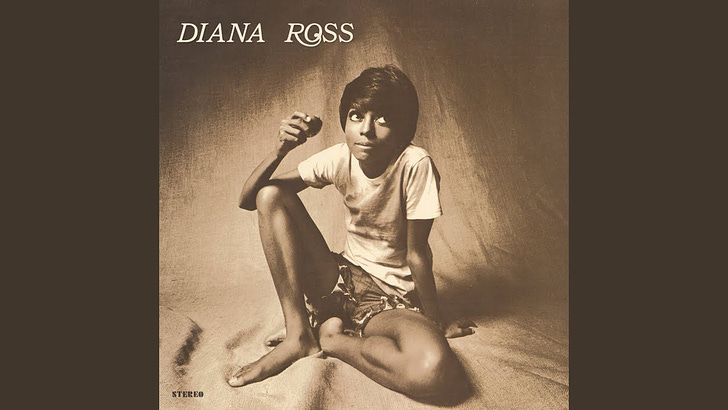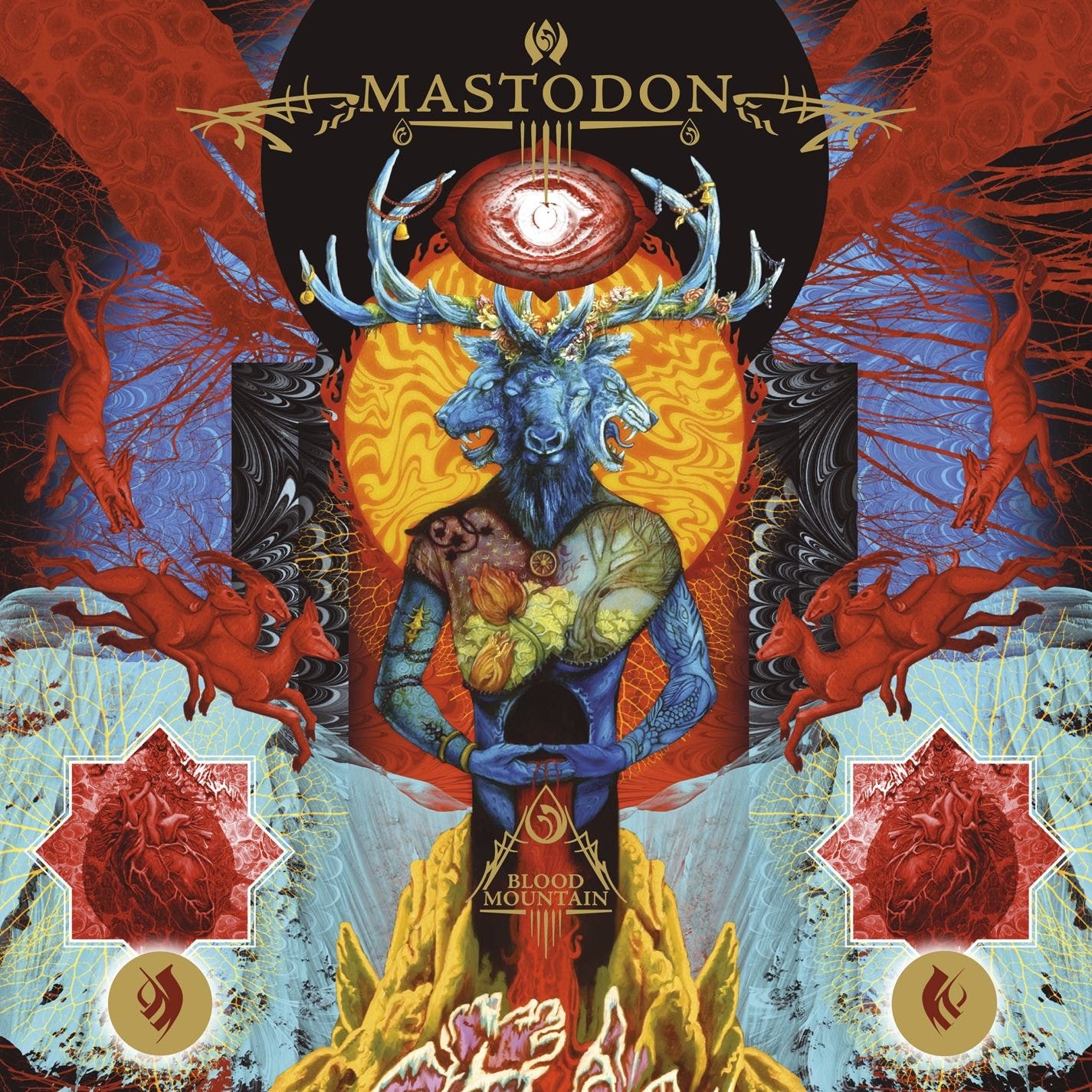I’ve been thinking about mountain climbing lately. Not actually climbing mountains in real life, that sounds miserable. I’ve been thinking about the idea of mountain climbing, what it means as a metaphor. What does it mean to come up against a seemingly insurmountable object and work your way inch by treacherous inch toward the summit until the insurmountable has been mounted?
This mental mountaineering hasn’t risen out of nowhere. For the last few weeks I’ve spent my down time with the video game Celeste. In Celeste you play as a spunky-if-troubled redhead named Madeline who has taken it upon herself to climb Celeste Mountain. Celeste Mountain is a cartoonishly imposing obstacle, full of sheer cliffs, spikes galore, and g-g-g-g-ghosts!!! The 12 hours I’ve dropped into Celeste consist mostly of piloting poor Madeline into over 2,000 varieties of painful death (the game keeps a tally) punctuated by stretches of hard won progress. Celeste is a difficult game, but it isn’t a cruel one. The time between your failure and getting another shot at a particular challenge blips by in fractions of a second. Other than adding to the tally, dying has no impact on the game. Celeste wants you to learn how to play it better.
When you aren’t grappling with steep inclines, Madeline grapples with herself, fighting off panic attacks, self-doubt and a personification of her intrusive thoughts. This personification, adorably referred to as “Badeline” by the game’s creators, shows up at moments of high tension to needle Madeline for her weakness and the foolishness of climbing a mountain in the first place. Given the size of Celeste Mountain I guess it is no surprise that the veil on this metaphor is stretched pretty thin. Overcoming Celeste requires Madeline to overcome herself.
I started playing Celeste on the recommendation of my friend Max Coburn. Max is a composer for video games and, full disclosure, contributed a track to Celeste’s soundtrack. However I have faith that Max’s recommendation came with no ulterior motive. The game rocks on its own merits. Celeste gets a shocking amount of variety out of only three verbs. It’s a beaut to look at. And yes, the music is great.1 Moreover from his time playing bass in my band Lamniformes, Max knows that I have a hankering for mountain-as-metaphor in art.
In 2017 I put out an album called Sisyphean. My elevator pitch for the album, had I been riding elevators anywhere other than my job at a call center, was that it was halfway between Blood Mountain and Mount Eerie. Hmm. On reflection, there aren’t too many elevators I could say that in without requiring a ground floor to penthouse at the Burj Khalifa-length ride to explain myself. Well, here goes.
Blood Mountain is the third album by brewer metal icons Mastodon. Like their previous album Leviathan, Blood Mountain is a concept album. In fact, Blood Mountain has the same concept as Leviathan once you get past the surface differences. Both records are extended metaphors for Mastodon’s career and their struggles to make it as a metal band. Leviathan compares this struggle to the self-destructive monomania of Moby Dick’s Captain Ahab. Blood Mountain changes the setting to dry land and settles for the only slightly more reasonable ambition of George Mallory. Not content to simply describe the grueling process of climbing uphill for days on end, Mastodon populate their fictional mountain with a menagerie of monsters fit for a dime-story fantasy novel. Whether the Cysquatch and Birchmen et al are meant to have literal equivalents in the real life music industry is a question probably not worth serious inquiry, but they make for great nonsense metal lyrics. What it lacks in narrative coherence Blood Mountain more than makes up for in sick riffs.
Mount Eerie2 on the other hand has no sick riffs, but don’t hold that against it. Released in 2003, Mount Eerie was until recently the final album by the Microphones, before Phil Elverum took on the name Mount Eerie as his songwriting moniker. Elverum also zeroes in on mountain climbing as a stand-in for a less vertically oriented personal struggle, although unlike Mastodon Elverum’s hike concerns matters cosmic, not careerist. Mount Eerie is a homemade diorama so vast that you’d need a mobile crane to submit it to the science fair. Buffeted by white noise and grainy self-recorded guitar, Elverum scales upward to lay eyes on the divine face of the universe and confronts death on the way. Mount Eerie also features its own bestiary, played in part by Elverum’s K Records contemporaries. A big part of the record’s appeal comes from how its lofty spiritual aims interweave with its intimate origins.
So when I say that Sisyphean is half way between Blood Mountain and Mount Eerie, what I’m trying to say is that it’s intimate AND has sick riffs. I love big, dumb heavy metal records as much as experimental home-recordings and I don’t see any reason why I shouldn’t try to draw the line from one to the other. Sisyphean has all of the hushed seriousness of Mount Eerie and a slowed down approximation of Mastodon’s boisterous volume. More relevant to the topic of today’s letter, what my elevator pitch is trying to say is that Sisyphean is a concept album about a mountain.
Sisyphean takes its title from The Myth of Sisyphus by Albert Camus. Like a lot of moody boys who if left to their own devices dressed in more black than anything else, I went through a pretty serious Camus phase in my late teens. What stuck after the phase passed was Sisyphus, who Camus argued embodied the state of the human soul in an absurd universe. The further I committed myself to music the faster the myth held to my mind. Here I was, pushing my version of rock (music) up what felt like a hill only for it to fall, through my own fault or otherwise, down the other side. After enough gravitational tumbles, I started to see the guy everywhere I looked. There was Sisyphus at the gym, behind the bar, in your DMs, and with each new Sisyphus came its own miniature mountain.
The Myth of Sisyphus wasn’t my first exposure to Camus fever however. I caught the bug from 1947’s The Plague. The Plague, set in a French-Algerian town experiencing a comeback tour from the Black Death, is Camus’s metaphor for the Nazi occupation of France. Not to say that the bubonic plague is a formality in the story, it seems like Camus did his research and the book takes the subject seriously, but Camus doesn’t exactly hide his intentions. Throughout the novel he frames the disease as an adversary, comparing the public’s response to disbelief in the face of war and personifies the plague in its last days as exhausted and backed into a corner. The Plague’s plot centers around a makeshift medical resistance and the dealings of black market smugglers. At every turn its heroes face Sisyphean crises. Do they endure pandemic life or try to escape beyond the quarantine walls? What does it mean to treat a disease that can’t be cured? How does one carry on when life has been reduced to a monotonous loop?
These questions were far less abstract to me reading The Plague a second time around last week. To the post-COVID3 reader, The Plague might come across as equal parts prescient and naive. From the perspective of a New Yorker who toughed it out, Oran’s progression through the stages of the pandemic happens out of order. It takes months for the town to consider quarantining the sick from the healthy or wearing masks while treating patients. Instead of see-sawing between ghost town emptiness and manic bacchanalia with the weather, the mood in Oran starts at hedonism and steadily sours from there. Still, Camus got more right than wrong. Any New Yorker who stuck around during the worst of it might find the novel’s passages about corpse management discomfortingly familiar, or might recognize the impulse that drove some Oranites to arson as means of avoiding infection.
Verisimilitude aside, the plague in The Plague is a mountain-maker for its characters. Defeating the disease is a matter of individuals overcoming themselves and pushing their proverbial rock even in the face of inevitable failure. Systemic solutions hardly warrant a paragraph from Camus. When it comes to Oran’s local government, Camus might as well have presaged the famous phrase from Streets of Rage: only trust your fists, they will never help you.
Climbing a mountain-as-metaphor is a lonely affair. Madeline’s most consistent company on Celeste Mountain are her own worst impulses. Blood Mountain ends with its narrator dying alone in the frigid cold, accompanied only by visions. Elverum only finds communion with the universe on Mount Eerie once he lets go of his personhood at the peak. Sisyphean doesn’t have a narrator, or a narrative really, but its release only comes when the rock is already rolling ground-ward. And by the end of The Plague Dr. Rieux is left to piece together the story alone, his comrades in arms dead or running to the hills.
In the end the most enduring relationship left to the climber is with the mountain itself.
What can our constant adversary teach us?
A mountain appears to be an eternal fact. We never see the mountain rise from the earth, so we take this to mean that it has always been there. But this is not the case. Every mountain began as little more than the grinding tension between two plates. The mountain only reached its current height inch by inch, year by year. To conquer the mountain we must think like it. If it took 50 years of planning for an adversary to score their victory, then it will take another 50 for us to strike back. Do not despair at the imposing peaks of our struggle. Take the first step up, and then keep climbing.
Thanks for reading. By the time I send my next letter I’ll be in the near vicinity of Mount Rainer, with ringing ears and more likely than not hungover. If you’re planning on attending Northwest Terror Fest, hit my line. See you all soon
P.S.
In case my metaphor was not clear, please consider donating here.
I have yet to hear Max’s contribution in game because he provided a remix for one of the game’s optional “b-side” levels which are even more grueling than the main story levels. I’m not ready for that kind of challenge. Yet.
Btw, I will go much deeper on Mount Eerie (and Mount Eerie the band) later down the line in Drumming Upstream.
Ok, obviously when I say “post-COVID” I don’t mean “after COVID has passed into the rearview mirror”. What I mean is closer to “after COVID has made its presence felt”. There is undoubtably a difference between society when COVID was a novelty and its current state as a years-long fact of life. Until a better phrase comes along I’m going to keep using “post-COVID” to make this distinction. Feel free to offer word-count friendly suggestions in the comments.






